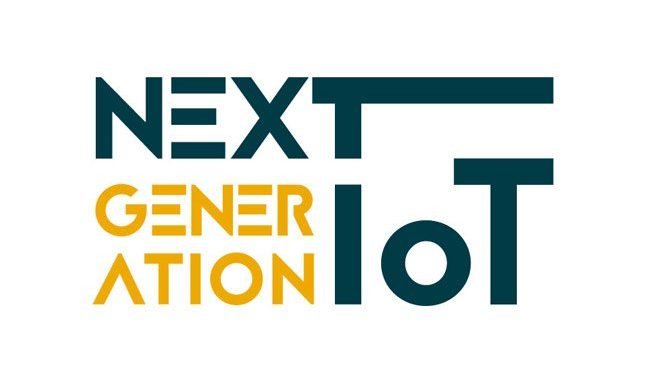ASSIST-IoT participates in the AIOTI Standardisation Working Group and contributed to the two latest released technical reports, through its partner in Poland (Orange).
This report introduces an approach for the definition and identification of key edge computing and/or combination of IoT/IIoT, edge computing and cloud computing gaps in several initiatives. Based on the prioritisation of these gaps, the deliverable starts to address the work done within the relevant SDOs that need to cooperate in order to solve these gaps.
In the context of AIOTI, the synergy and integration of IoT/IIoT and edge computing is considered to be a part of the paradigm shift from centralised solutions to decentralised and distributed computing architectures, in which information processing is located close to the edge, where “things” (e.g. sensors/actuators, devices, machines and humans) produce and utilise that information, knowledge and related experience.
The purpose of this document is to reflect a structured discussion within the AIOTI WG Standardisation community and to provide consolidated technical elements as well as guidance and recommendations.
The report can be downloaded here.
This report introduces Computing Continuumuse cases, requirements and KPIs on communication infrastructures, IoT and edge computing platforms. Compared to many current activities the computing continuum enables a more flexible allocation of compute and communication resources and workload placement. Many novel applications require rather stringent KPIs since IoT is more and more mission-critical.
The new system requirements include strong security, very high bandwidth, very low delay, and very high reliability. Depending on the use case and deployment scenario, various technology enablers are currently under standardization, including the F5G optical network architecture, novel approaches to compute, and securing networking and compute. For computing continuum platforms, high-performance secure computing together with optical communication is an ideal combination fulfilling the high-end IoT requirements.
The baseline requirements for high-end IoT are optical communication enablers that can solve these KPIs and requirements. The communication between the different locations of computing needs to meet those stringent requirements as well. Also, high-end IoT devices might be connected with optical communication technology enabling a whole new application area to be explored and supported. For example, some use cases need very high resolution, high frame rate cameras as sensors that send uncompressed video for the lowest delay to AI-enabled analytics platforms. The analytics platform needs to react fast to the situation and eventually steer actors appropriately. The documents finally list a set of recommendations for the evolution of the current technologies for high-end IoT systems running on computing continuum platforms.
The report can be downloaded here.




